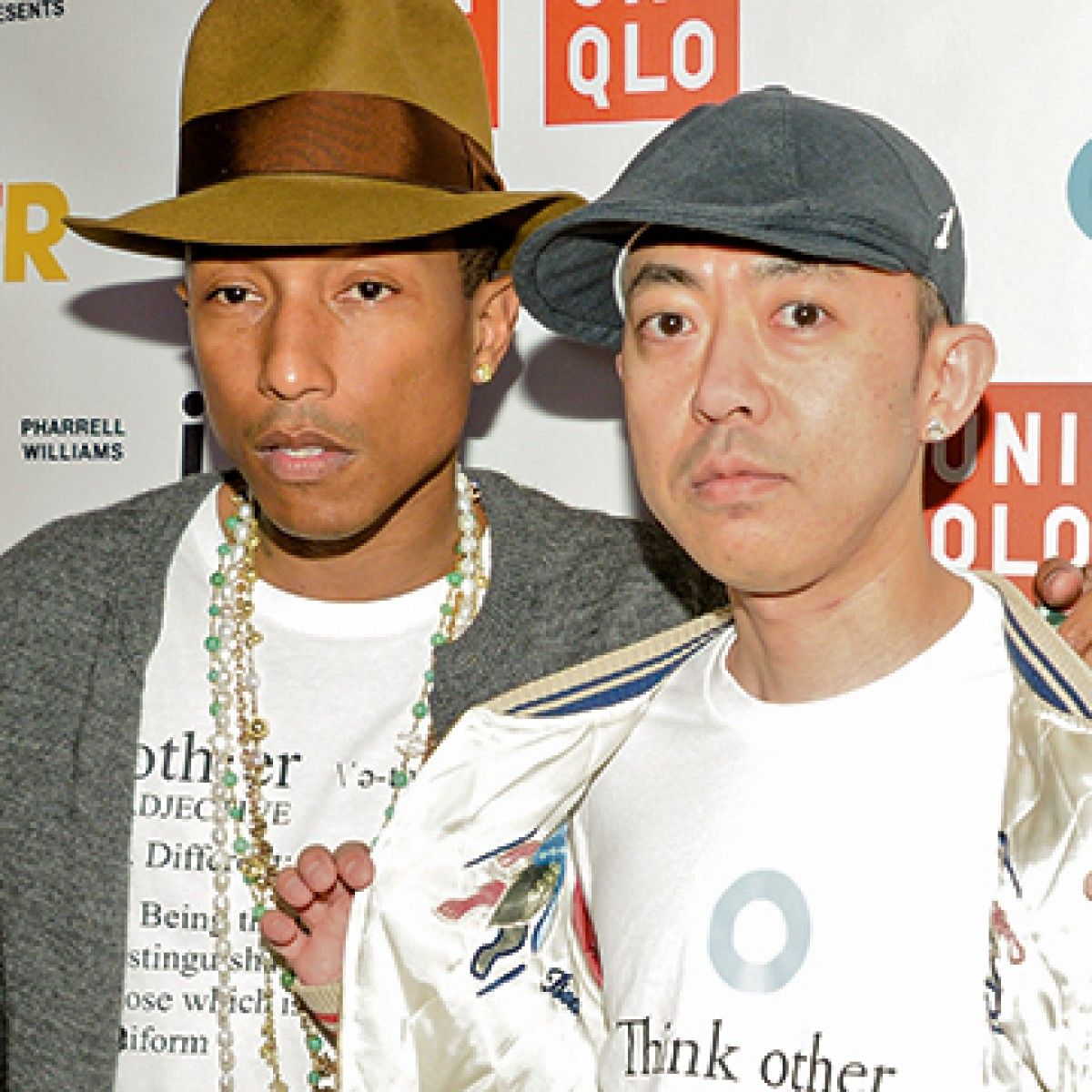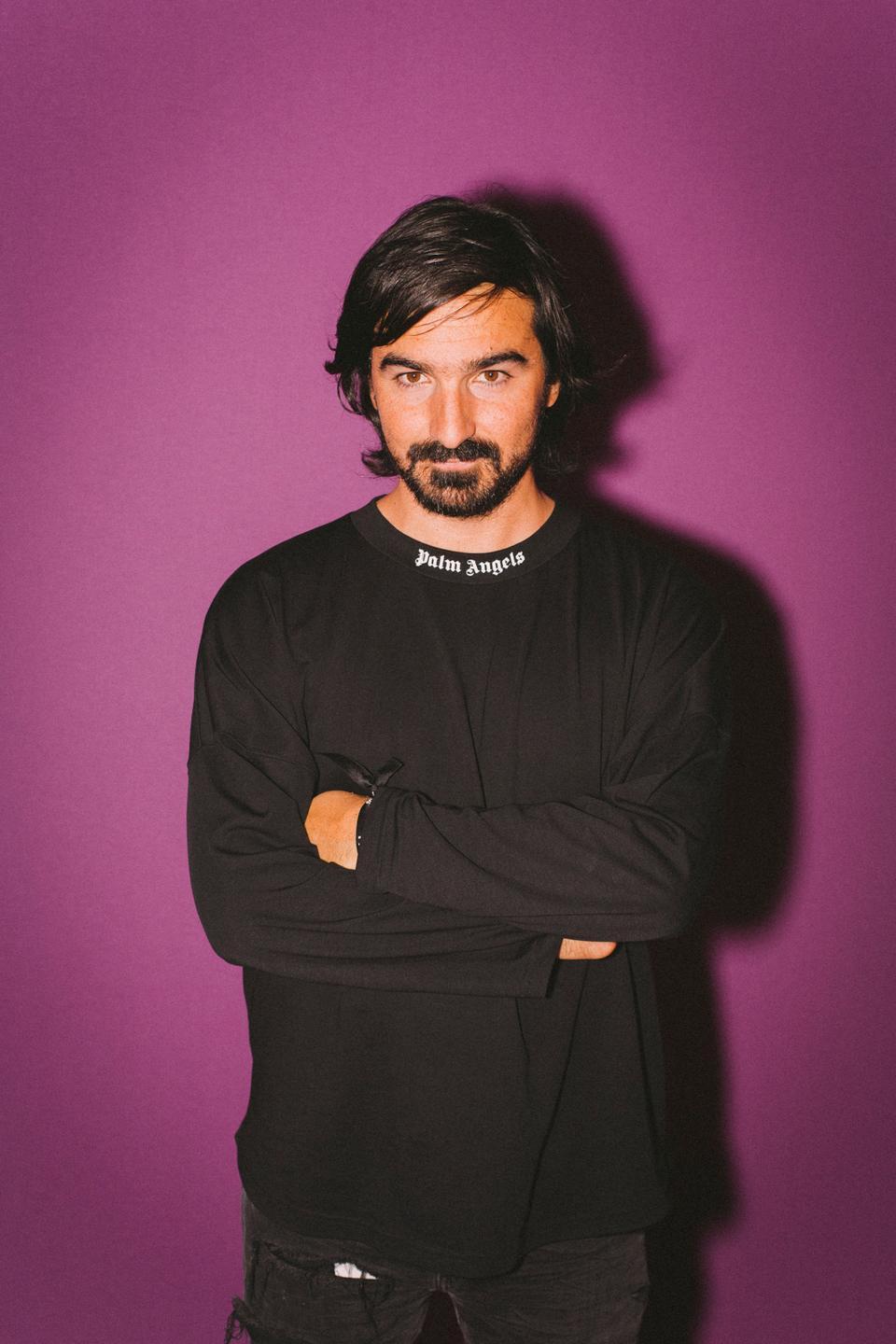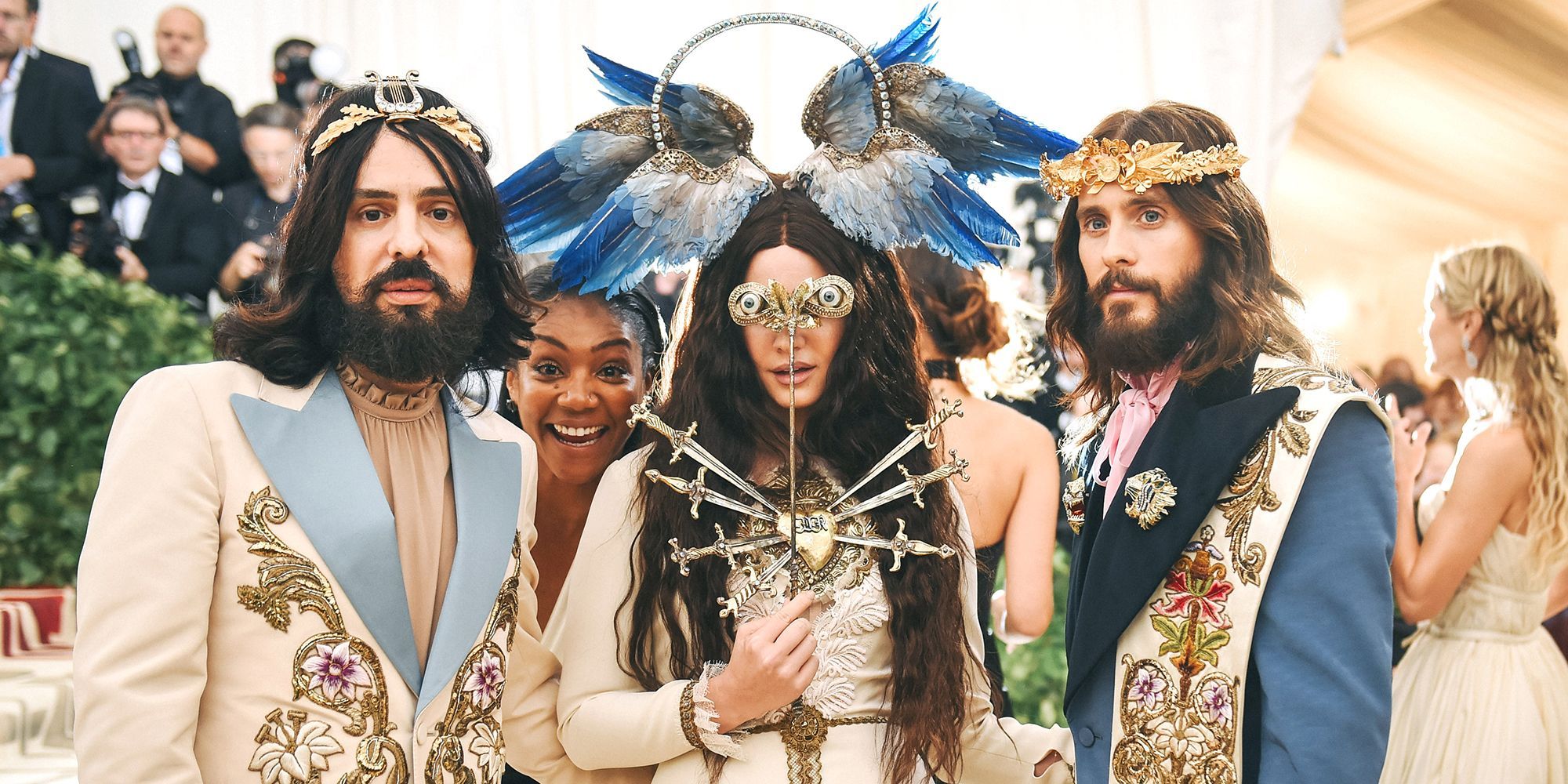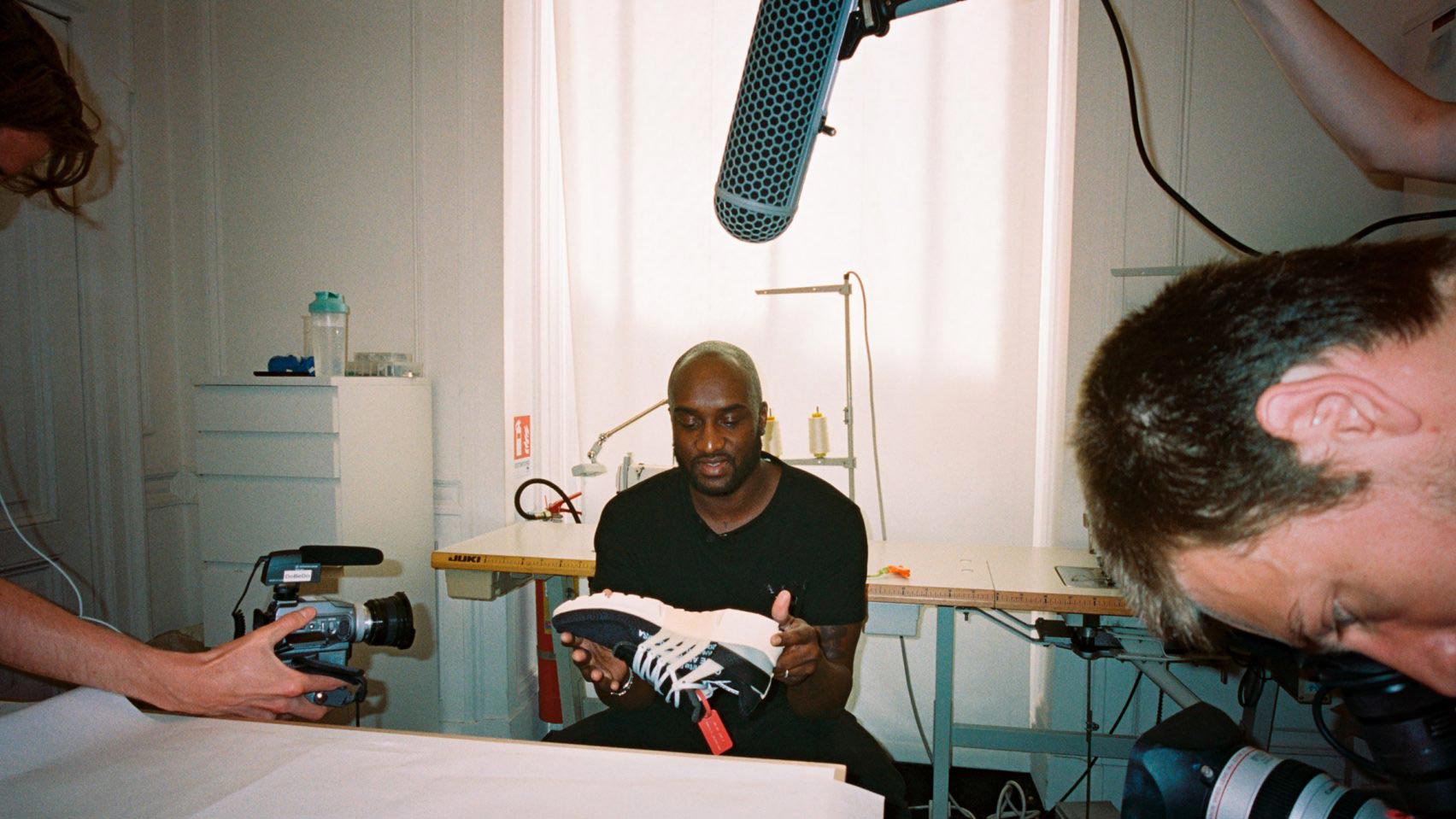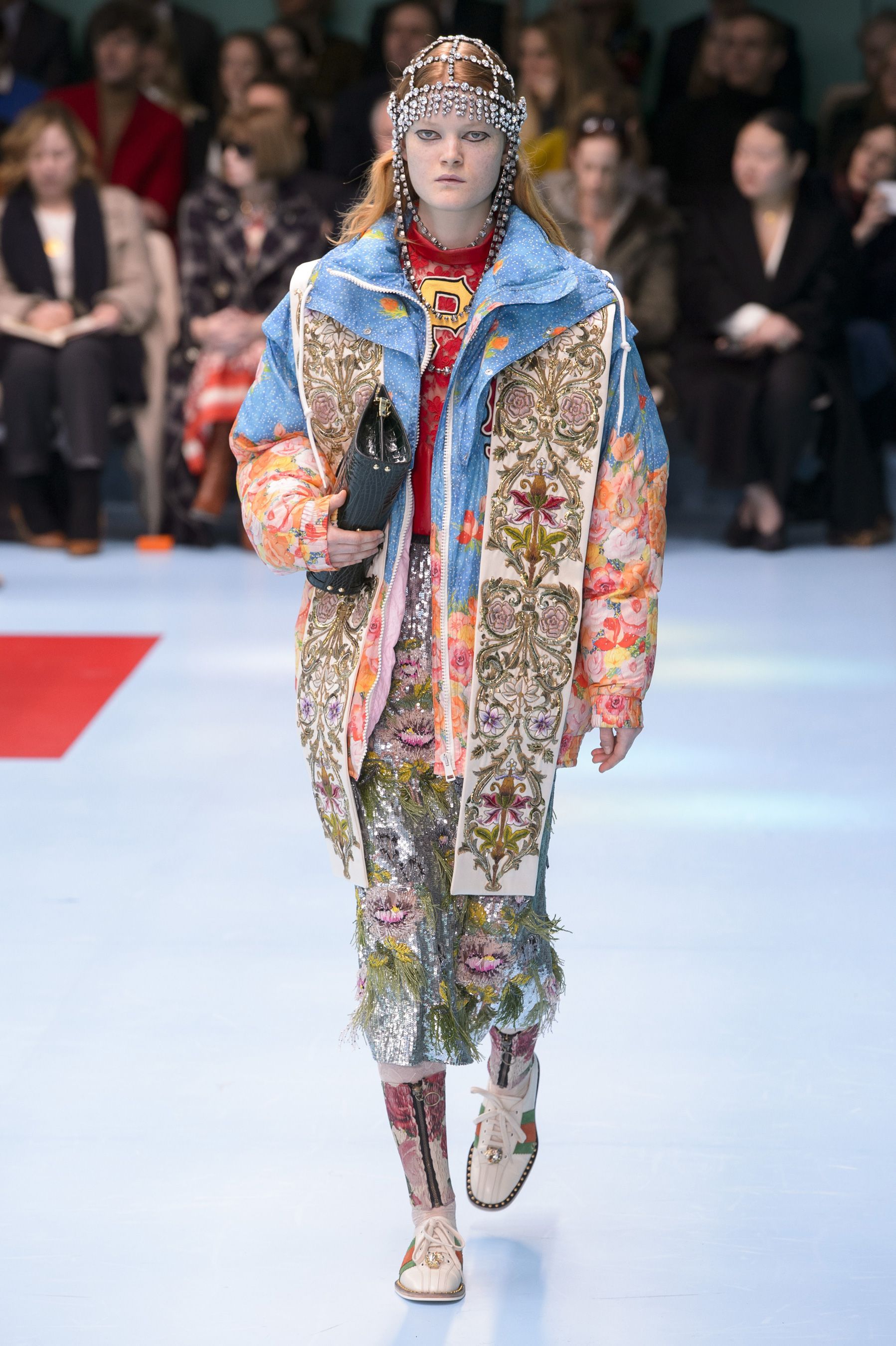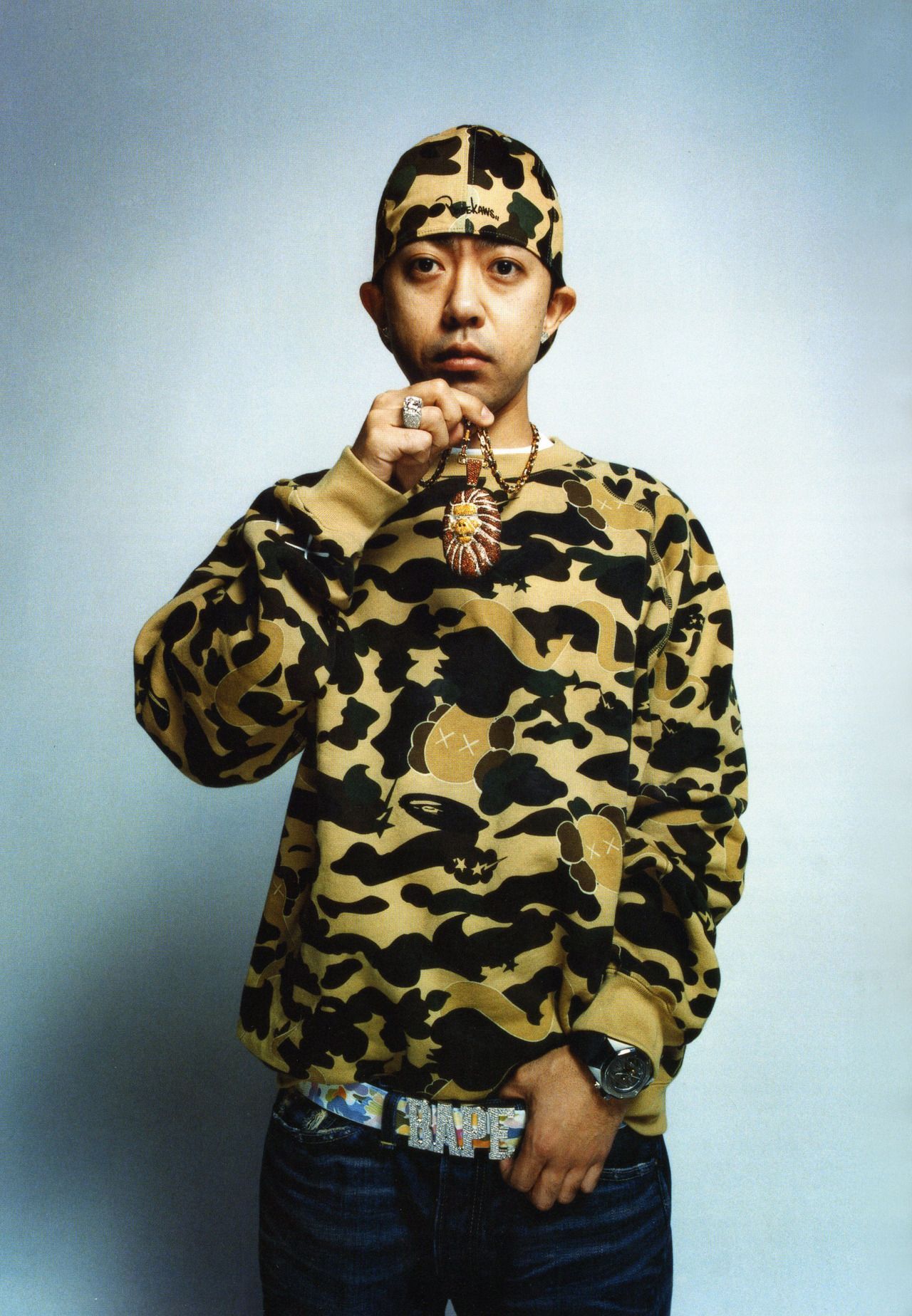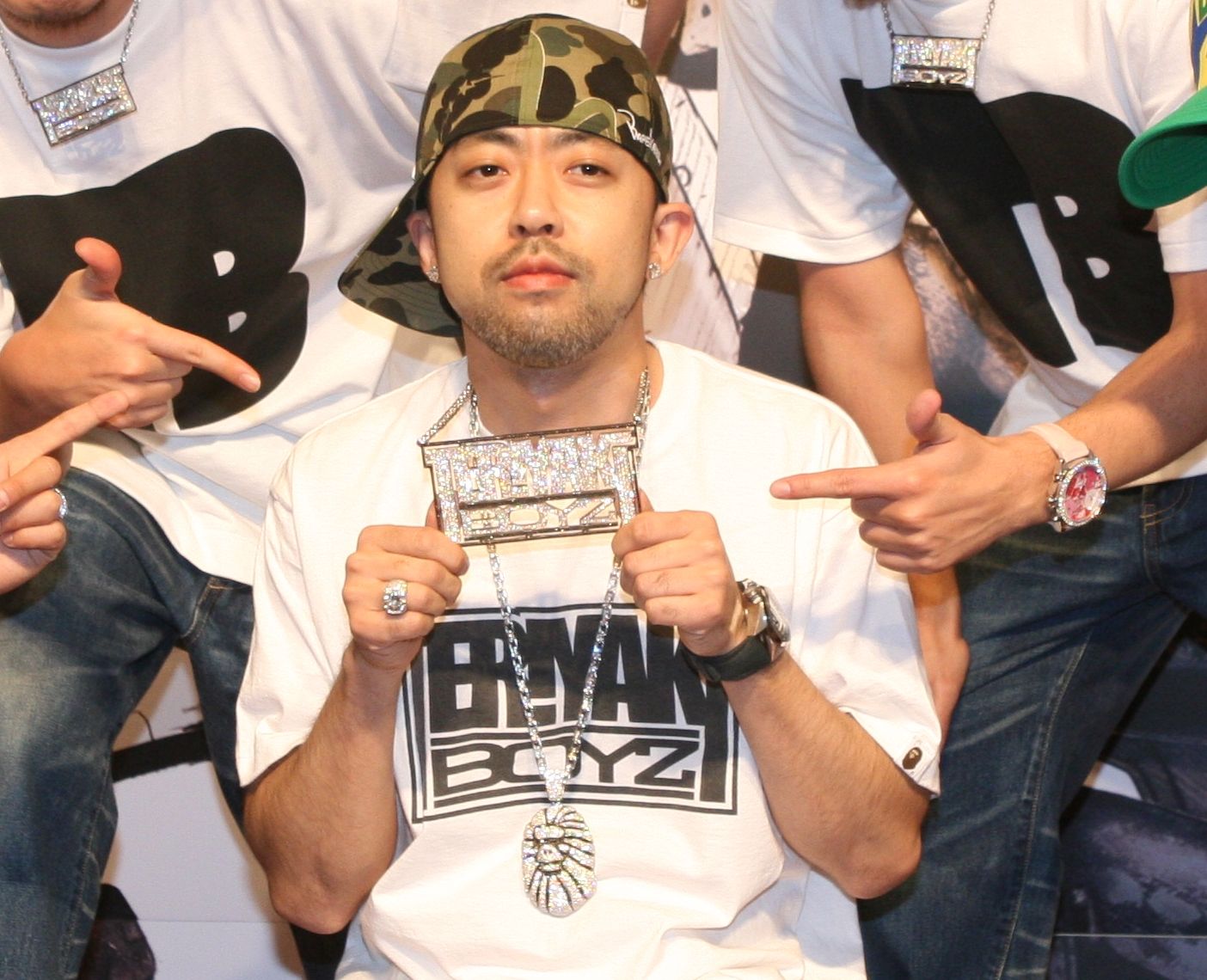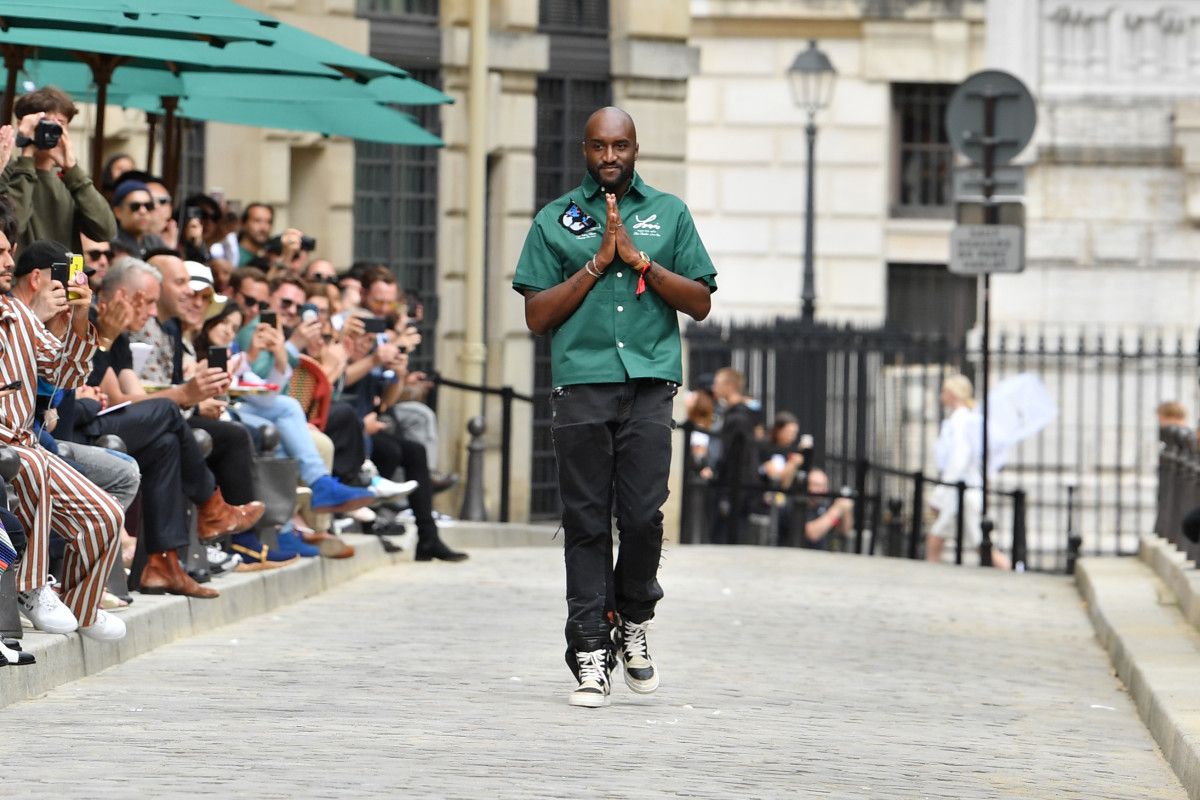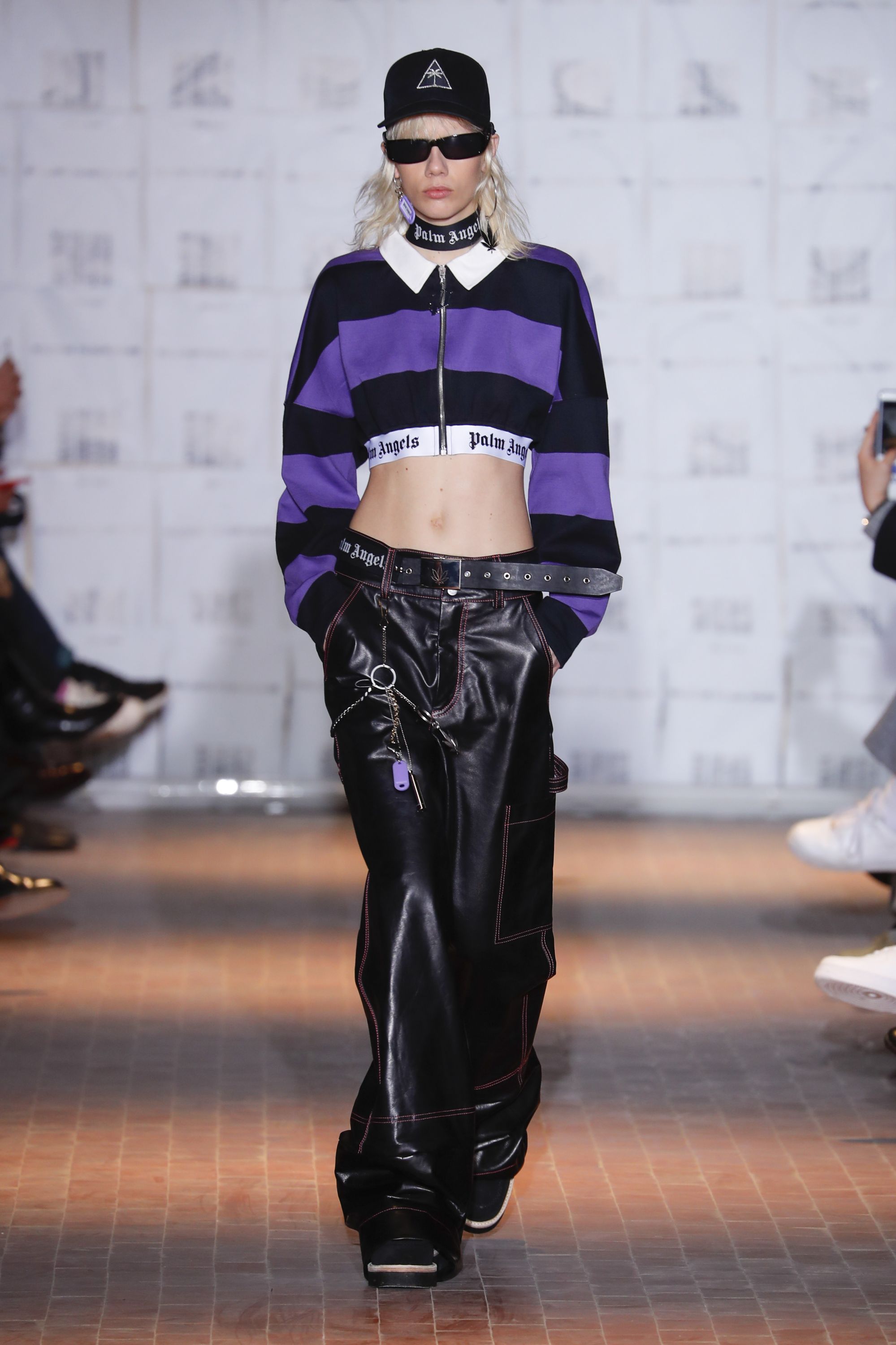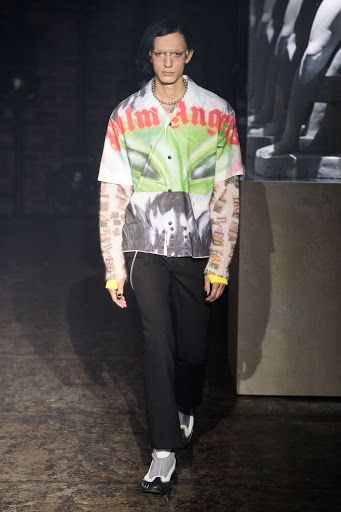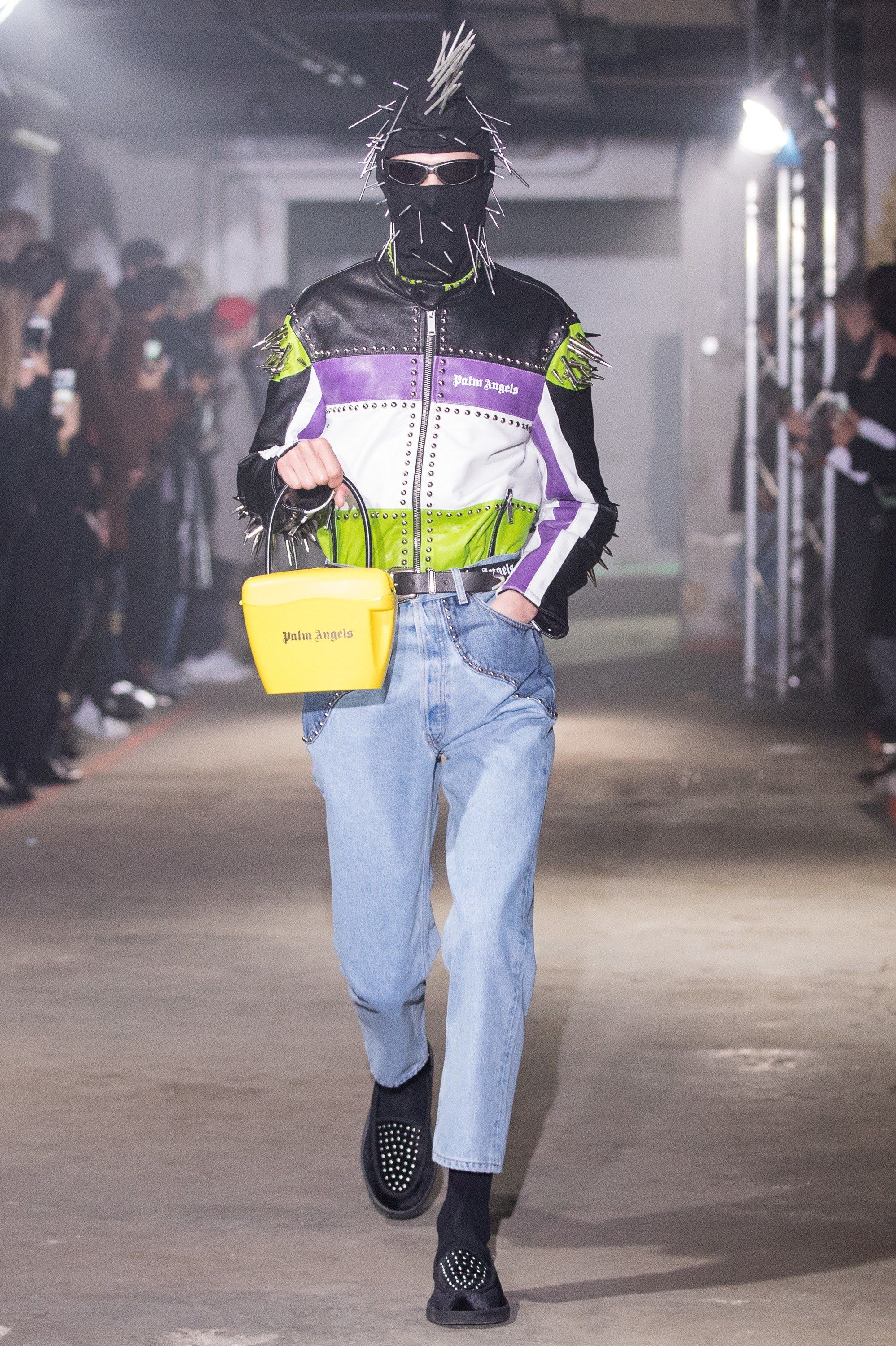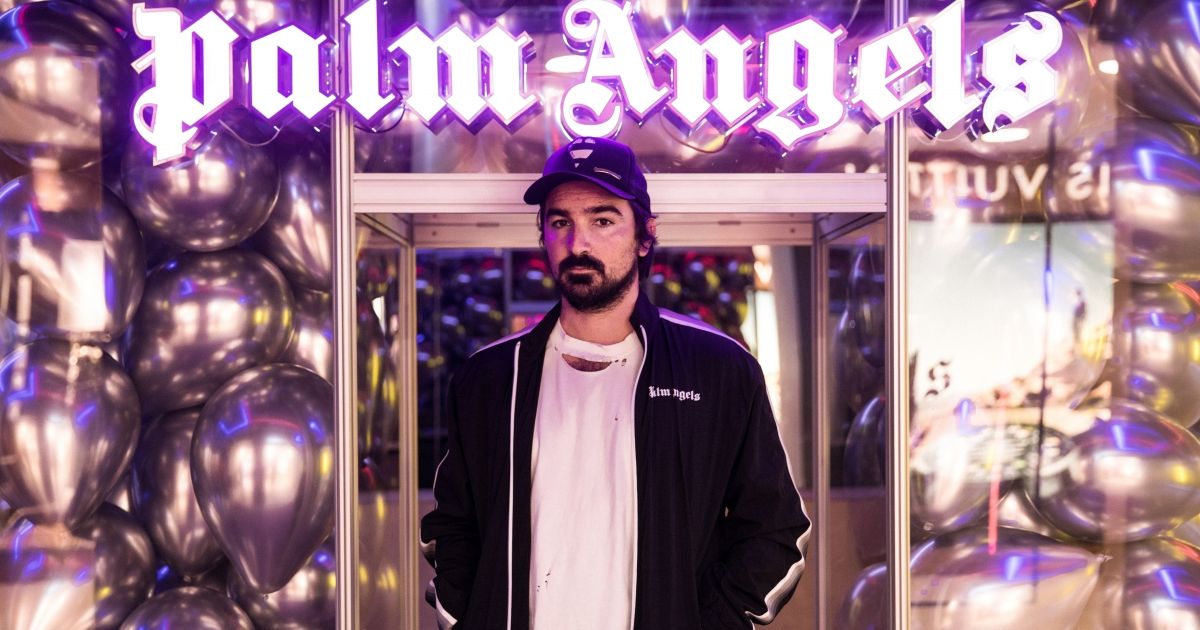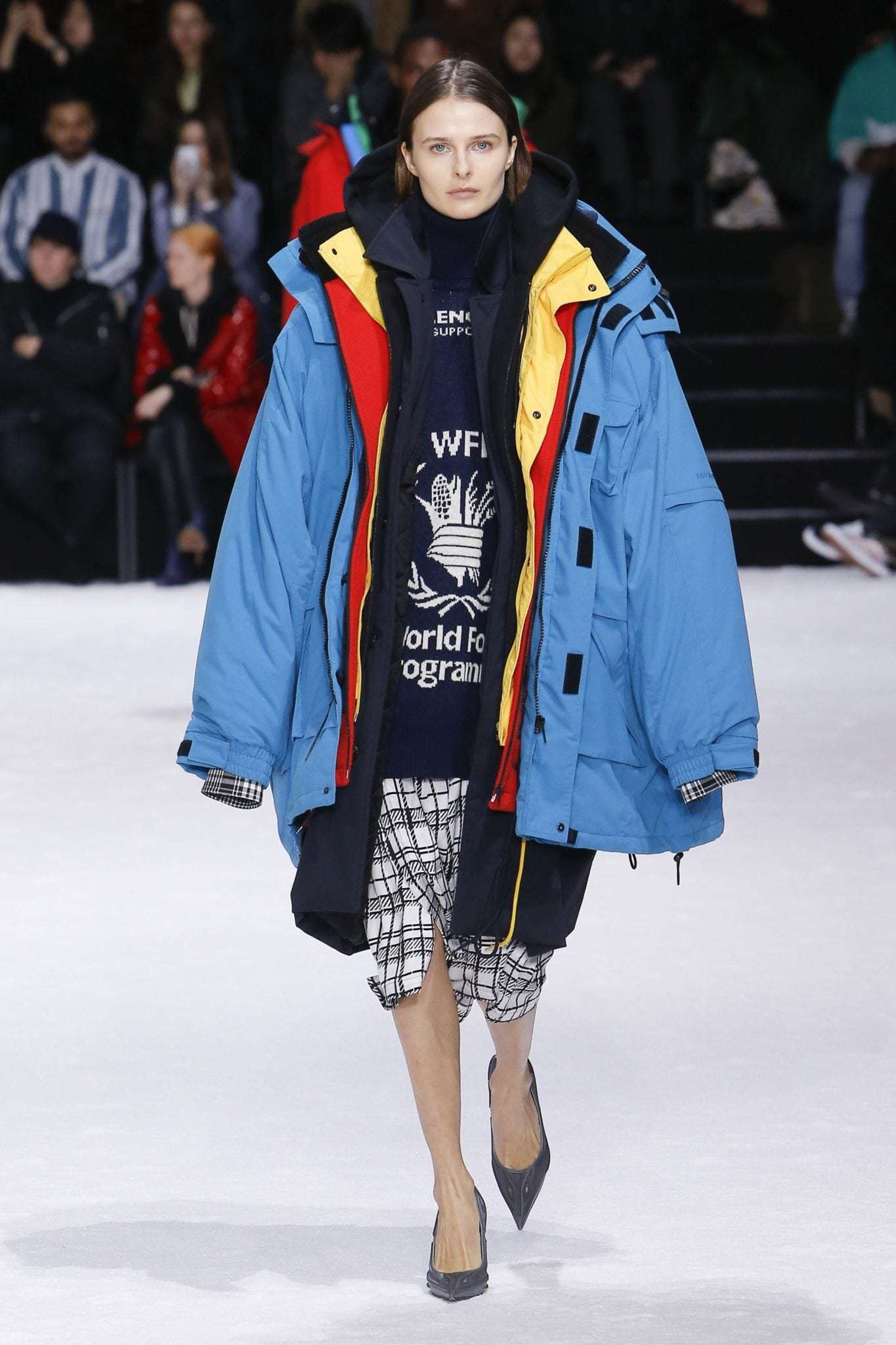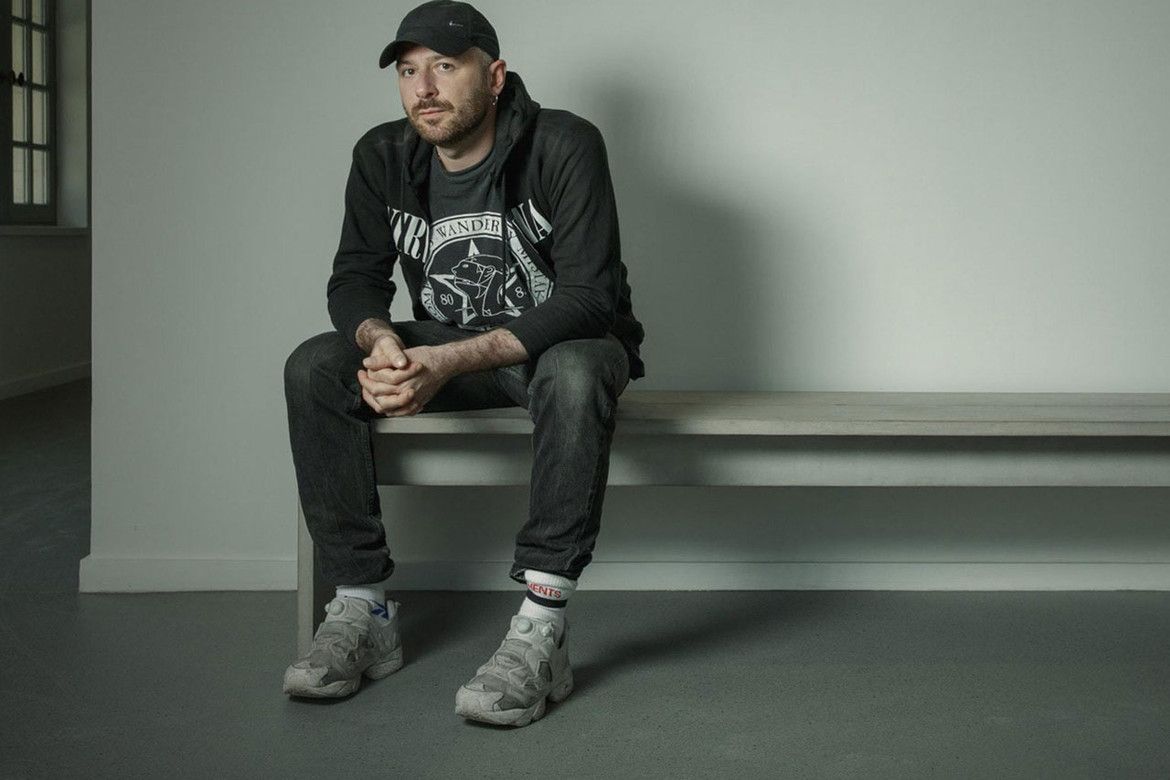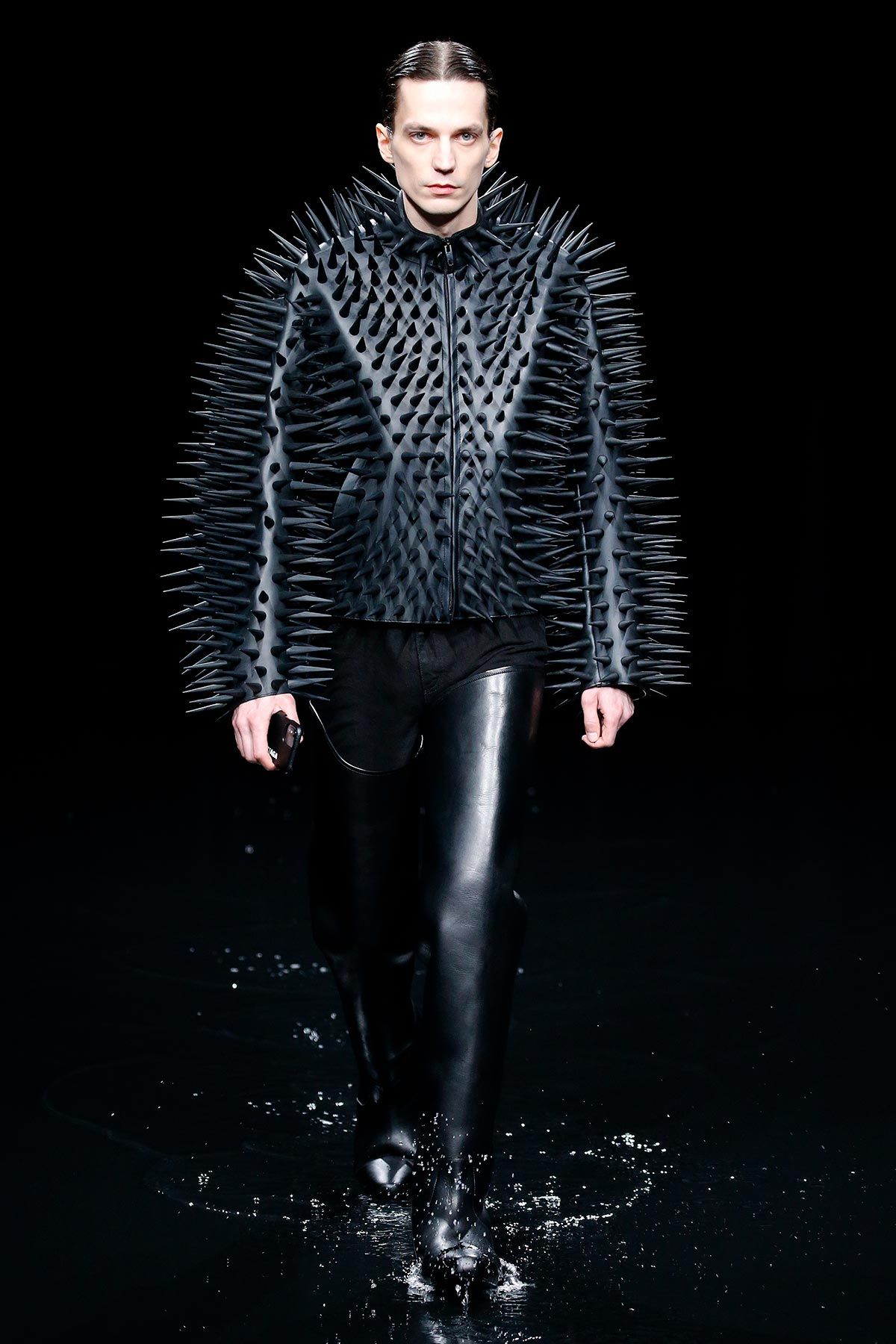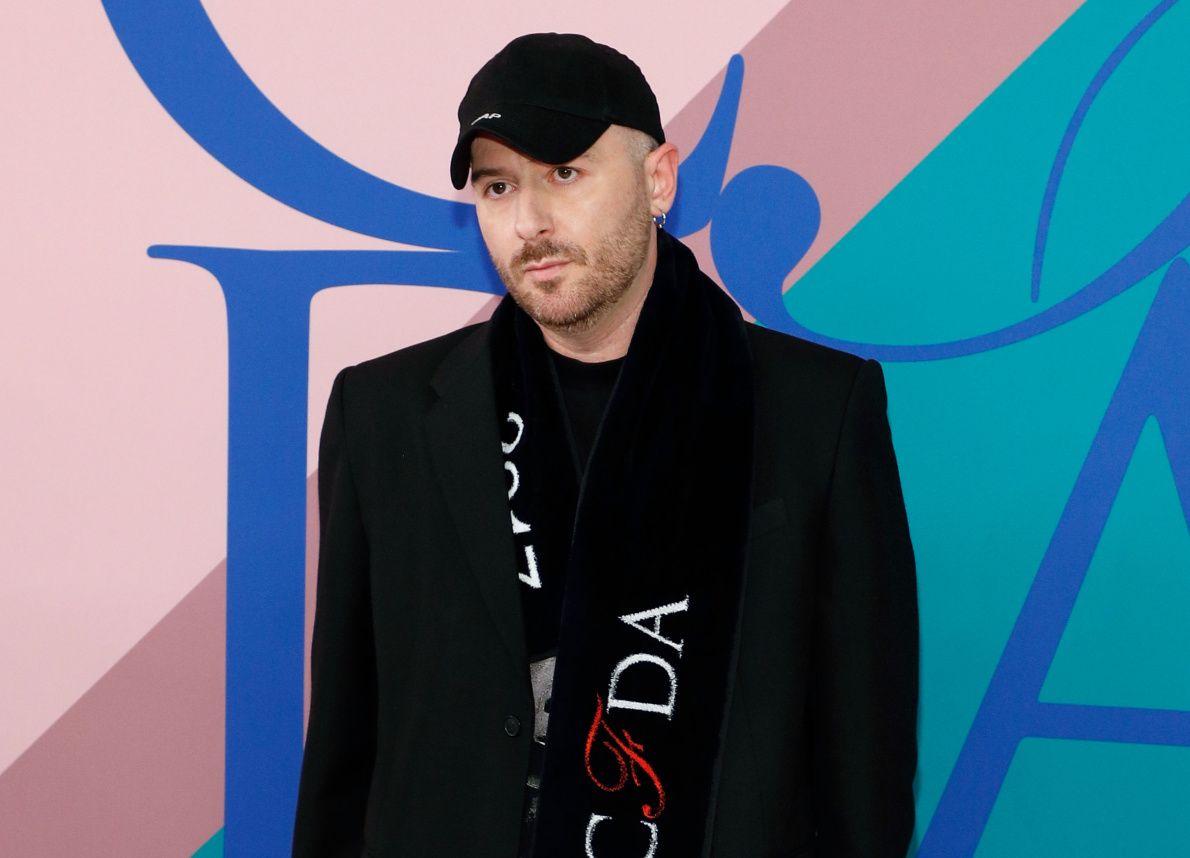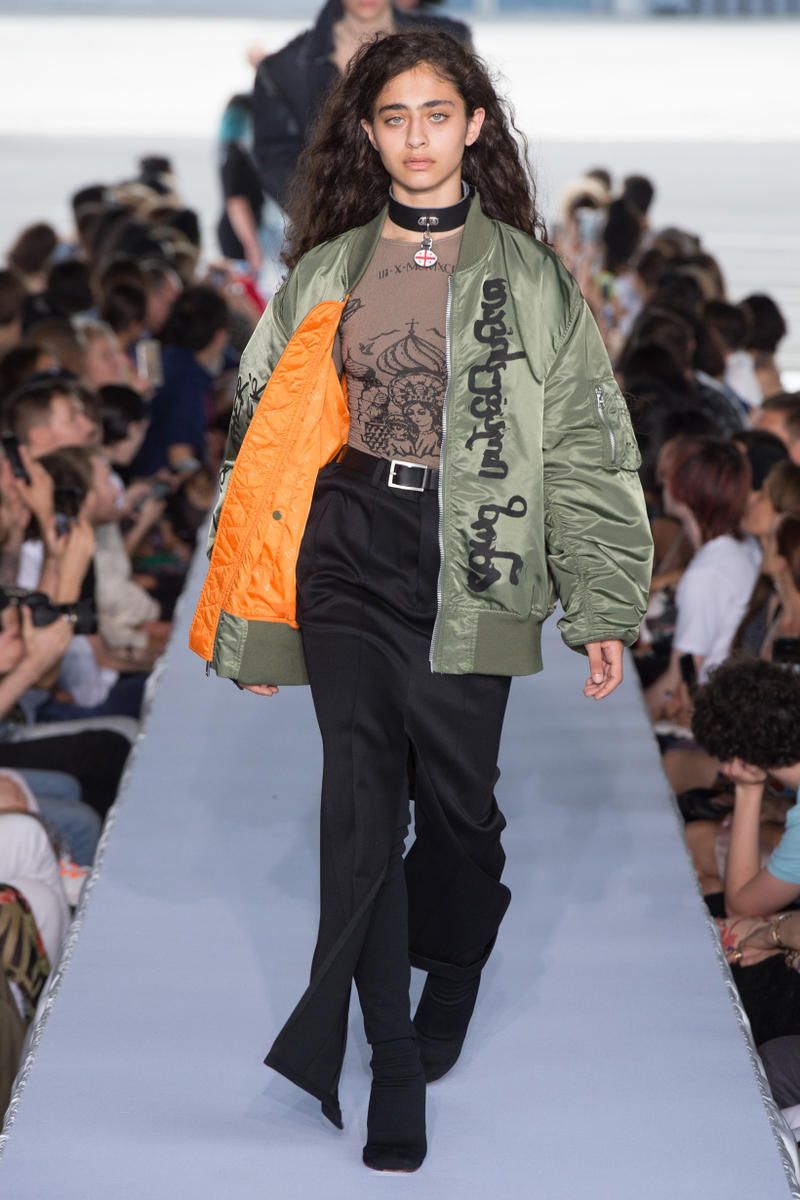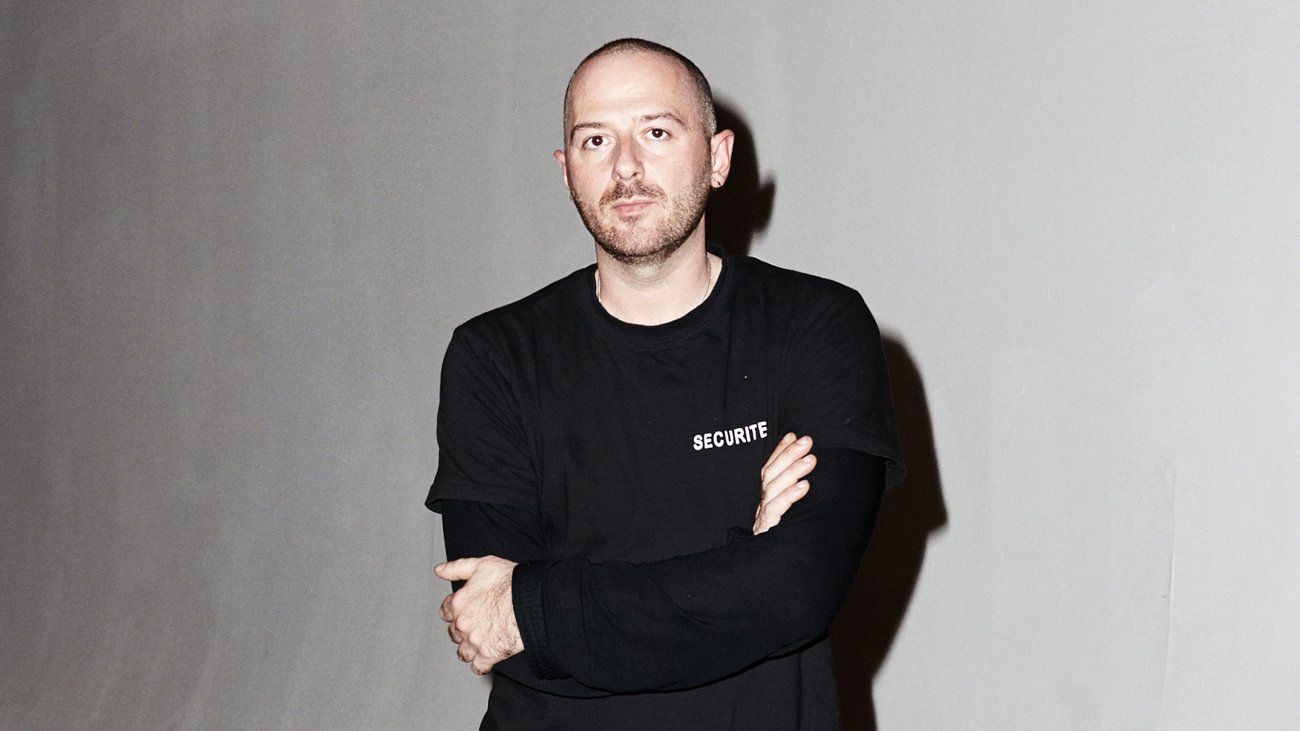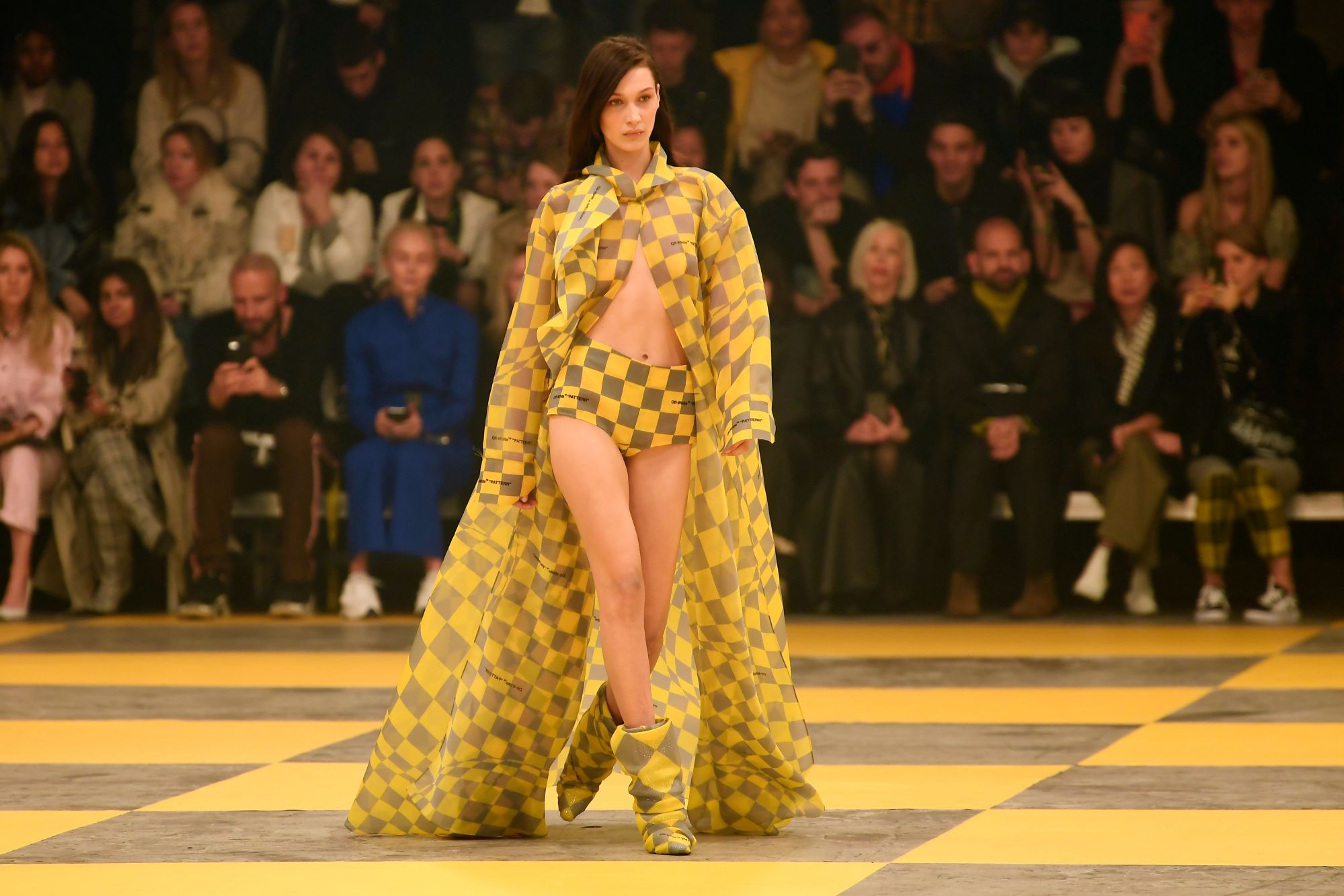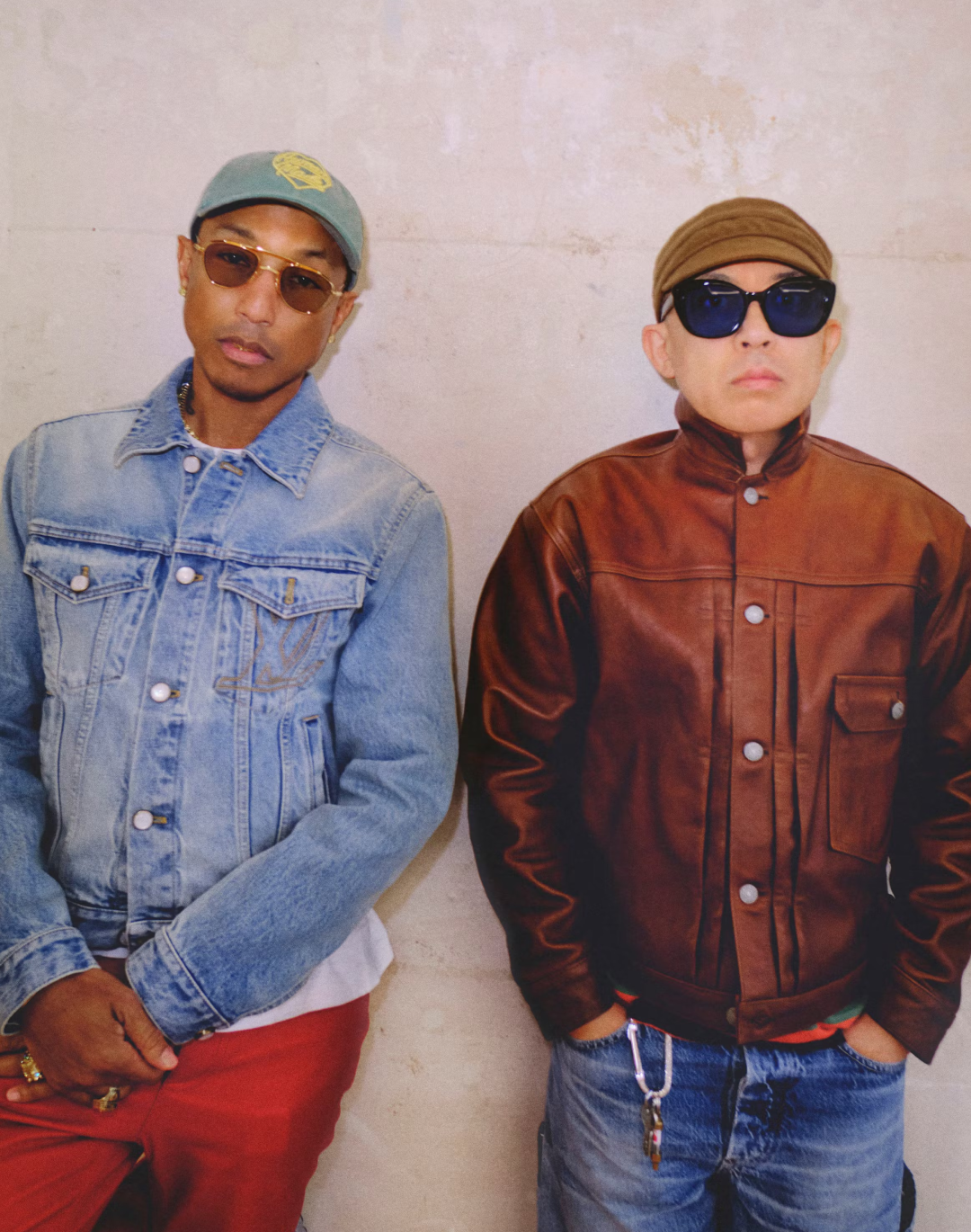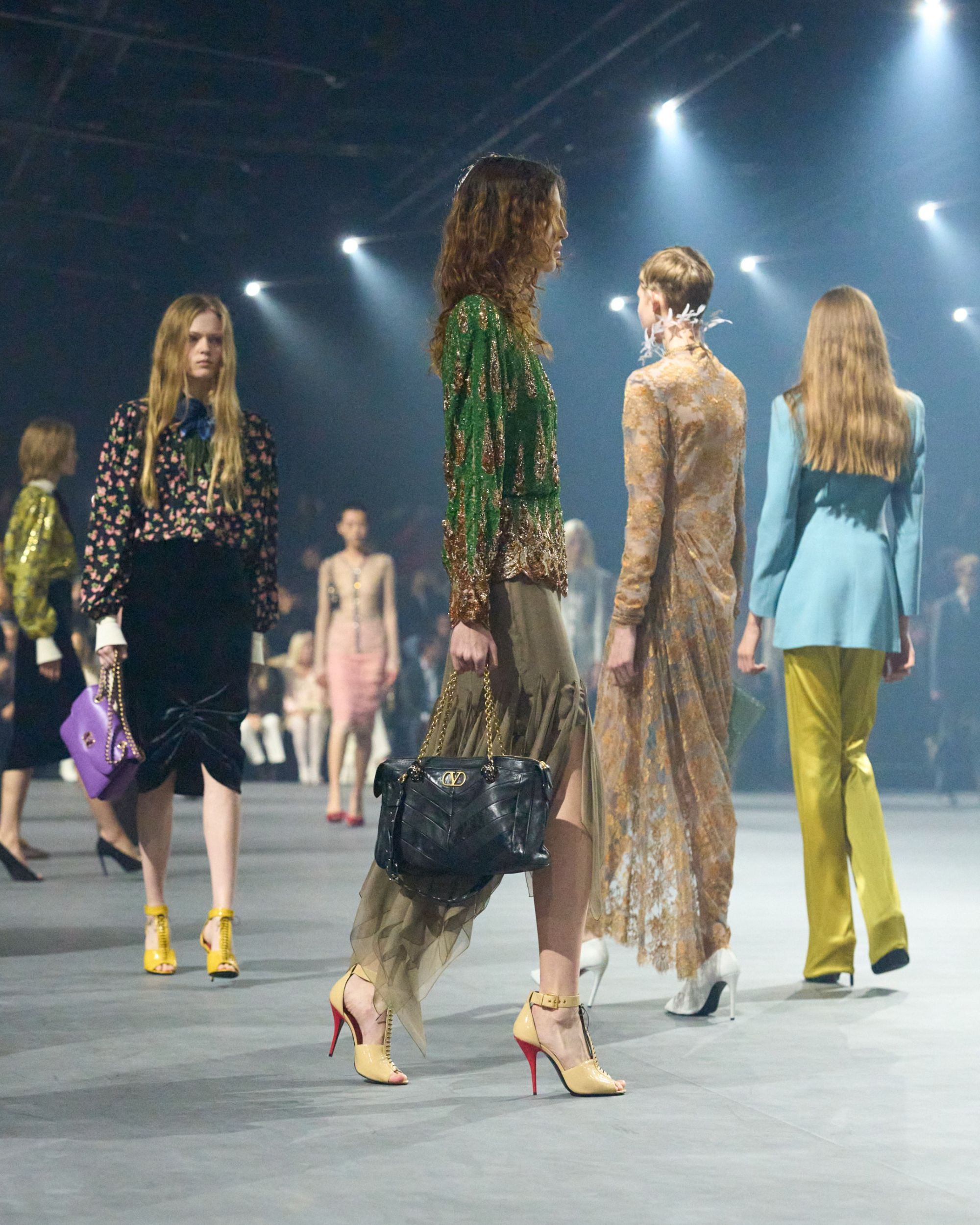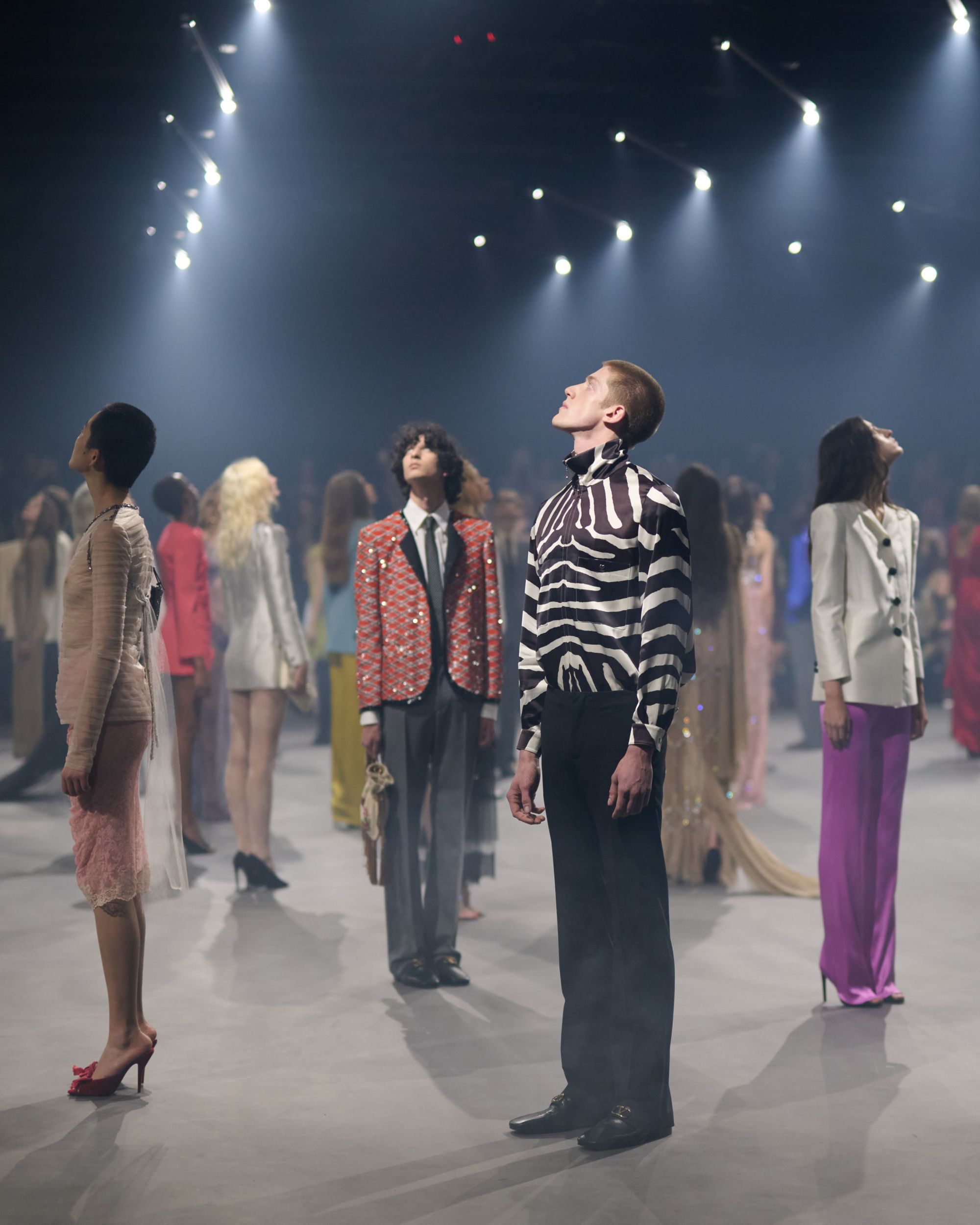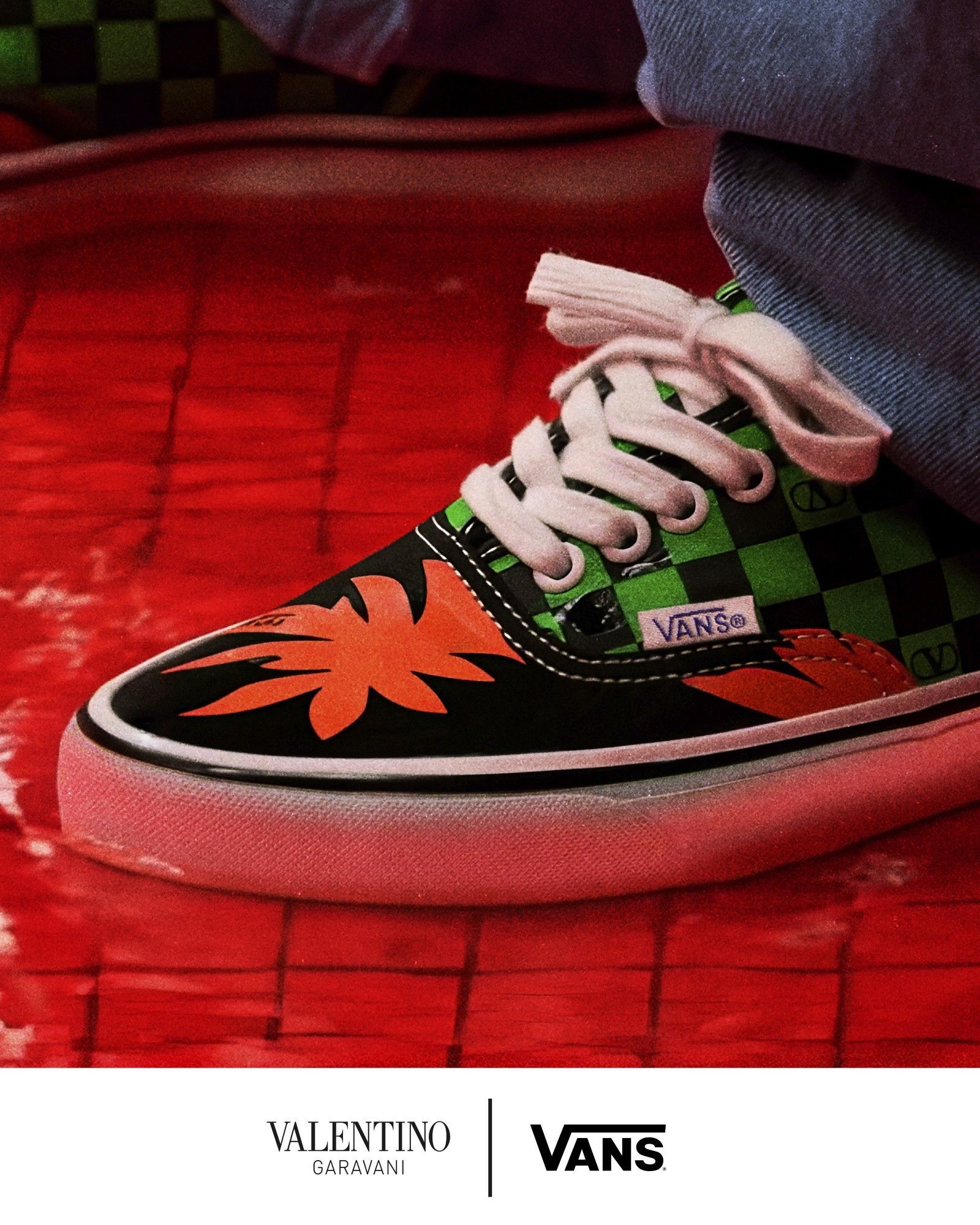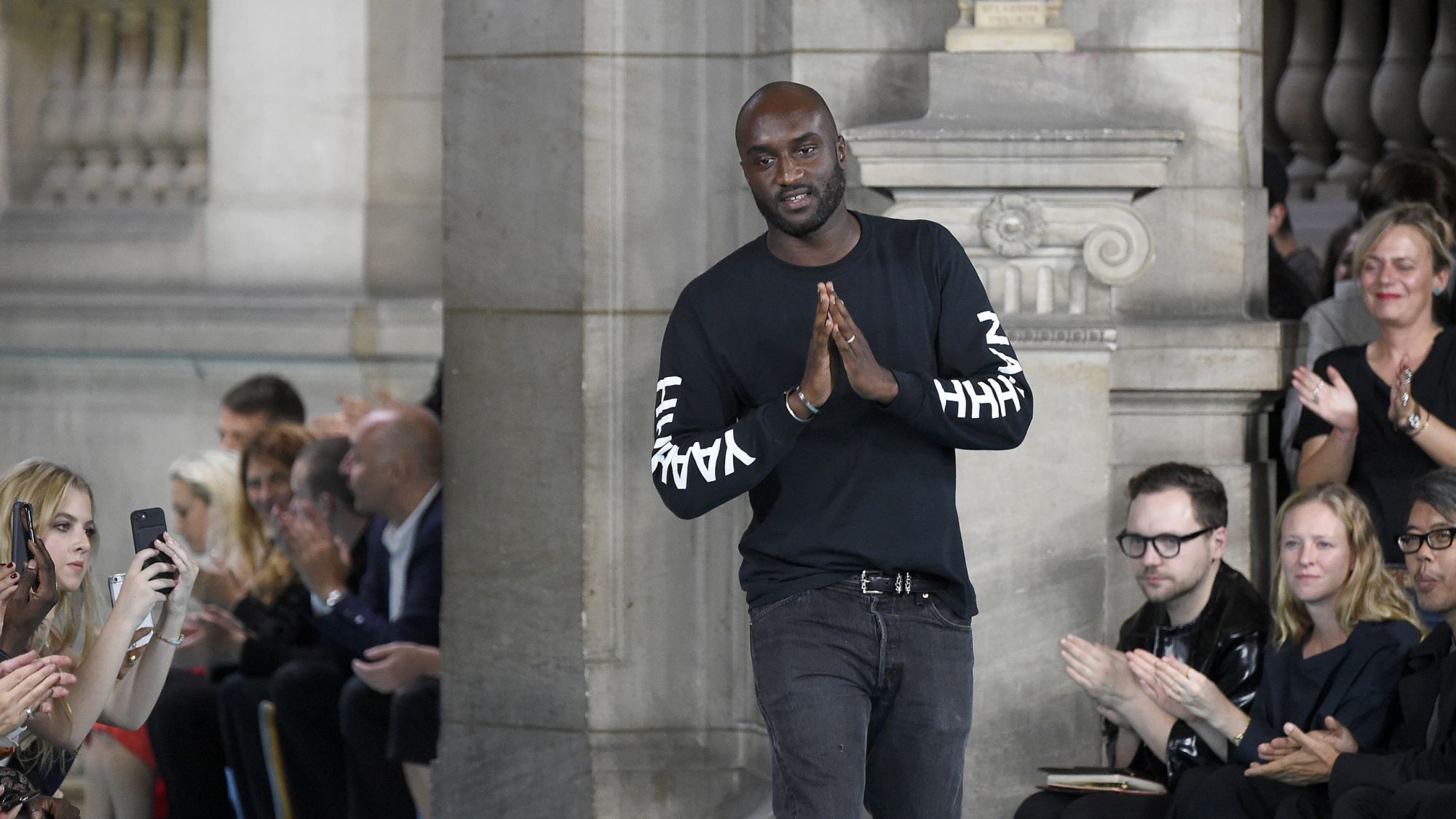
5 designers who have changed the taste of the Z Generation And streetwear had a key role in this
The evolution that has faced the fashion world in recent years is unprecedented. The past decade has brought fashion into the cultural mainstream by transforming an industry that was previously closed - considered an elite circle and uninteresting to the general public - in an industry in continuous communication with the world of music, film and visual art.
This rapid transformation is due to many factors, among which the most decisive was the revolution of social networks and the consequent disintermediation between the public and the creators of the industry. Thanks in particular to Instagram, fashion has met new celebrities: if in the 90s and '00s models dominated the scene, this is the decade of creative directors.
Before the social revolution, the figure of the designer was more ieratic and distant, today instead to know what a creative director does you only need to open their Instagram profile, leave a comment or react to a story. This new way of communicating has been driven by the arrival on the market of Generation Z and the progressive decrease in the average age of the luxury fashion customer. It's the same audience that helped build a narrative and community around the brand. Whether it's the resell market, fanpage or meme culture, Gen Z has become an integral part of the fashion industry and all creative directors have noticed.
The role of creative director of a current fashion brand has changed radically from the previous figure of the designer. It's not just about designing successful collections but about offering a cross-sector creative vision that touches music, aesthetics, art. Not only a communicative strategy, but also the signal of a turning point in the creative process: the concept of New Luxury have overturned the creative hierarchies of fashion giving a new weight to the world and external influences and a lesser weight to the innovations of codes and actual design.
The main protagonists of this cultural shift were the creative directors. For this reason, nss magazine has listed those that among them have most deeply influenced the fashion narrative in the last decade.
Virgil Abloh
You can't help but start with one of the pioneers of streetwear, and arguably the most prominent figure in the fashion industry in the last five years. When we talk about streetwear we talk automatically about Virgil Abloh, a man who in ten years has gone from founding Pyrex Vision, to launching Off-White™ and becoming creative director of Louis Vuitton, still today being proud of the fact that he does not consider himself a designer. Virgil has often told in interviews and articles how close he feels in habits and tastes to the new generations: "Platforms of self-generated media are home to these new generations, whose self-earned influence has given birth to a new species of power that has less to do with silver spoons or nepotism, and everything to do with the numbers that quantify influence."
Demna Gvasalia
Abloh's most high-fashion counterpart is Georgian designer Demna Gvasalia, a character diametrically opposed to the founder of Off-White™, who prefers his creations to take the spotlight rather than him. If Vetements was the testing laboratory through which he reworked and honored the East-European rave culture of the 1990s, Balenciaga is the most fertile field for its production. Gvasalia's talent has consisted of giving a new identity to the Spanish-French fashion house, making it extremely popular among members of Generation Z, who probably without him would never have known a brand devised by Cristobal Balenciaga.
Alessandro Michele
Alessandro Michele joined the Olympus of fashion on tiptoe and few would have bet that together with Marco Bizzari he would lead Gucci to triple its turnover by projecting it as one of the most beloved brands of the new generation. Michele's operation was not focused on his personal figure, but it was more about building a fascinating and complex visual world in which Gucci's aesthetic moves. Michele manages to play with references to Renaissance art and contemporary pop culture as a conductor. He has been able to infuse all his stylistic ideal into the brand, bringing him to be again an icon of taste and aesthetics, also relying on the contribution of characters such as Harry Styles, Jared Leto or Achille Lauro.
Francesco Ragazzi
Francesco Ragazzi is an Italian designer who made his fortune under the palm trees of Los Angeles. This is where his Palm Angels brand owned by the New Guards Group was born, which among other brands also owns Off-White™, Marcelo Burlon - County of Milan and AMBUSH. Boys' skill in intercepting the taste of Generation Z has been to find few extremely recognizable symbols, able to summarize all the skate culture photographed in his years in Los Angeles and collected in a book published in 2014. If today his creations are desired and coveted by all young people, it is also and above all for his proven ability to design clothes and accessories that reflect the ideals and interests of Generation Z.
Nigo
Founder of BAPE, Billionaire Boys Club along with Pharrell Williams and current creative director of UNIQLO UT, Nigo has been one of the sacred monsters of streetwear since its inception. He was the one who contributed the most to the creation of the Japanese fashion identity, and it is no coincidence that now the trends of the early 2000s of which he was the protagonist are returning. His role in the world of streetwear was, is and always will be of paramount importance.










































